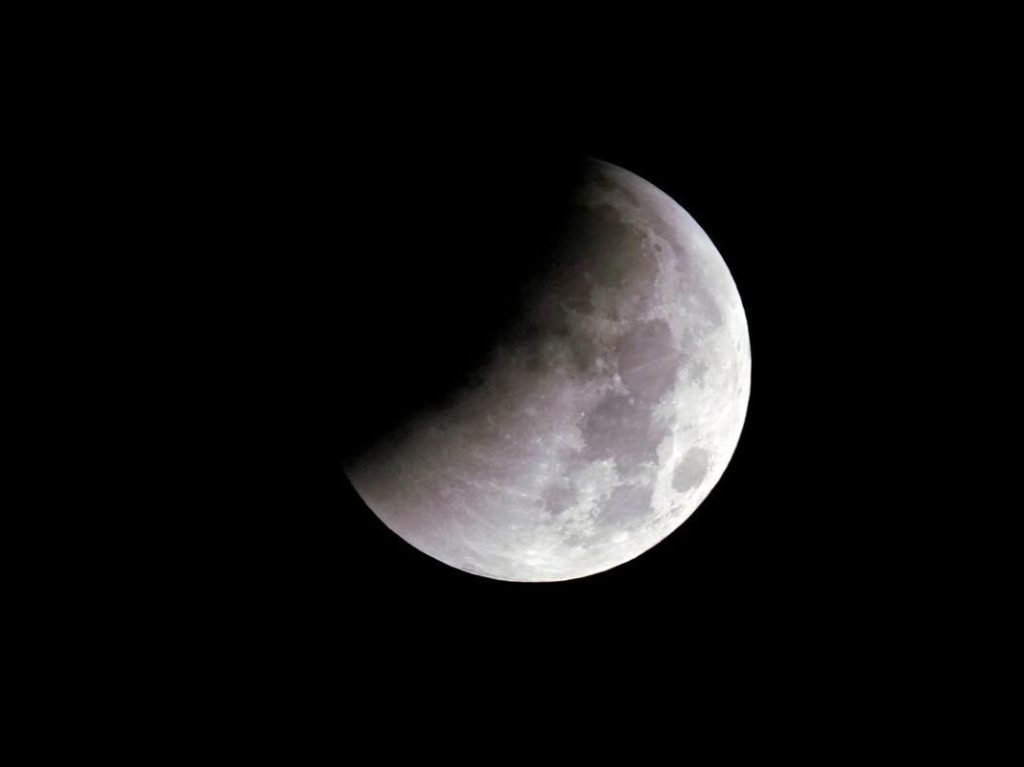
China Plans to Build Telescope on Dark Side of Moon
In a groundbreaking proposal, Chinese scientists have suggested building a radio telescope array on the far side of the Moon. This ambitious project aims to detect ultra-long wavelength cosmic signals, which are crucial for understanding the early universe. If approved, this could become the first operational lunar radio observatory.
The proposal, which has been reported by Newsbytesapp, suggests building an array of 7,200 butterfly-shaped wire antennas on the Moon’s dark side. These antennas would work together to detect faint cosmic signals, which are essential for understanding the origins of the universe.
According to the proposal, the telescope array would be designed to detect signals with wavelengths of several hundred kilometers, which is much longer than the wavelengths detectable by current radio telescopes. This is significant because these longer wavelengths are thought to hold valuable information about the early universe, including the formation of the first stars and galaxies.
The Moon’s far side, also known as the “dark side,” is an attractive location for this telescope array due to its unique properties. The Moon’s surface is relatively smooth and flat, which would allow for precise antenna placement and minimize interference from human-made radio signals. Additionally, the Moon’s distance from Earth reduces interference from the Earth’s atmosphere, which can distort and absorb radio signals.
The proposed telescope array would be designed to operate in the range of 10-50 MHz, which is a relatively low frequency compared to current radio telescopes. This low frequency range is important for detecting the faint signals from the early universe, as these signals are thought to be emitted at these frequencies.
The project is still in the proposal stage, and it is unclear when or if it will be approved. However, if successful, the telescope array could revolutionize our understanding of the early universe. The data collected by the telescope could provide valuable insights into the formation of the first stars and galaxies, as well as the evolution of the universe over billions of years.
The Chinese proposal is part of a growing trend of lunar exploration and research. In recent years, several countries have sent spacecraft to the Moon, including China’s Chang’e 4 mission, which successfully landed on the Moon’s far side in 2019. The European Space Agency (ESA) has also announced plans to send a lunar rover to the Moon’s surface in the near future.
The upcoming lunar missions will focus on a range of scientific and practical applications, including searching for water ice, studying the Moon’s geology, and testing technologies for future human settlements. The proposed telescope array on the Moon’s far side is an exciting addition to these plans, and could provide a new window into the early universe.
In conclusion, the proposal to build a radio telescope array on the Moon’s far side is an ambitious and exciting project that could revolutionize our understanding of the early universe. If approved, the telescope array could provide valuable insights into the formation of the first stars and galaxies, as well as the evolution of the universe over billions of years.
Source: https://www.newsbytesapp.com/news/science/china-proposes-giant-telescope-on-far-side-of-moon/story






